Artist's Toolbox
Silver soldering is one of many different types of soldering, and is a commonly used technique in jewelry-making. There are many different tools that can be used for silver soldering - I will go over the basic tools that I use in my soldering endeavors, but there are certainly a lot more than I will be able to cover in this article!
Solder
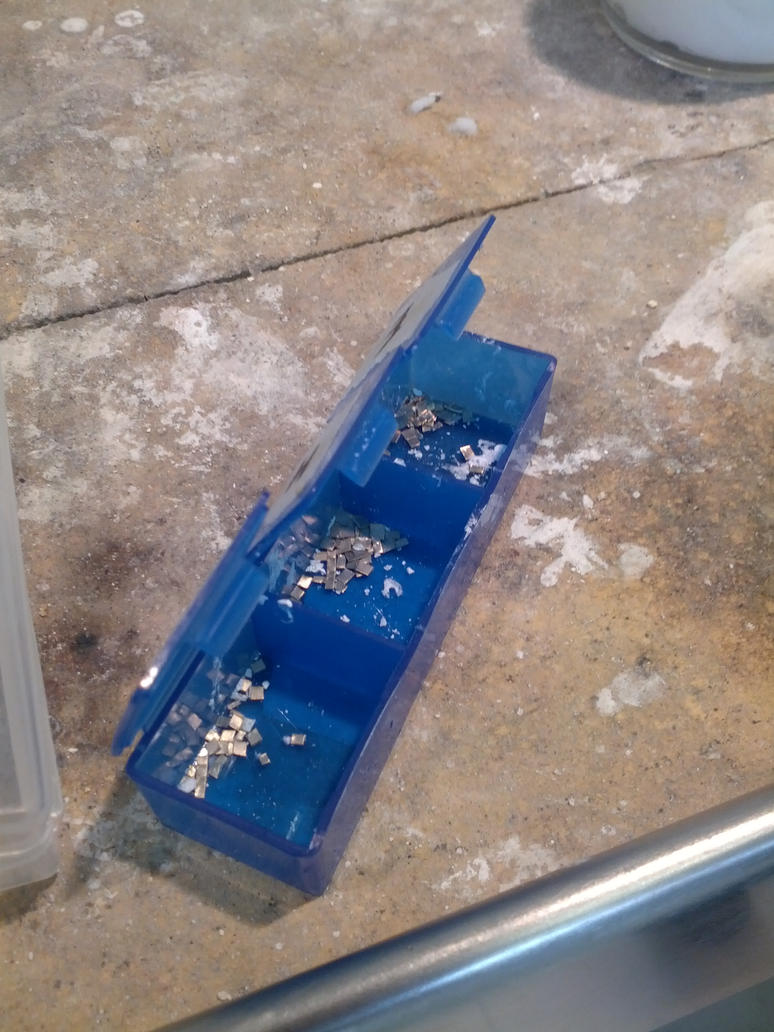
The first and most obvious "tool" in silver soldering is the solder itself. Silver solder is just that - it is silver alloys that are specifically created to melt at certain temperatures in order to be perfect for varying soldering jobs. The silver solder that I use comes in sheets & is cut into small chips in order to be used. There are different 'levels,' if you will, of solder - most commonly called Hard, Medium, Easy (and I sometimes use Extra Easy).
The difference between the 'levels' is the temperature at which they each melt. Hard solder melts at the hottest temperature, and Extra Easy at the coolest. The reason for having different levels of solder is primarily to keep metalworkers from having to worry about opening up previously soldered joints on a piece they plan to solder more than once. For example, if you were to solder one joint on a piece with Hard solder first, and then a second joint with Medium later on, you would only have to heat the piece until the Medium solder flowed and the piece would never reach the temperature at which Hard solder flows, keeping the first joint fully intact.
Soldering Pick
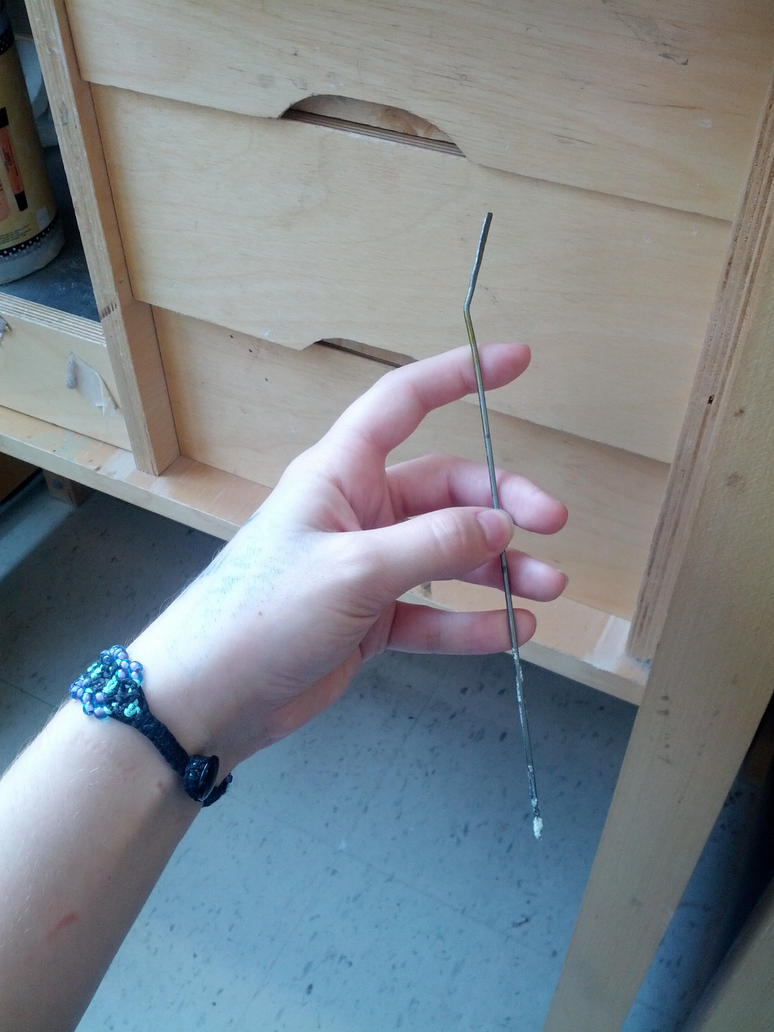
Another extremely important tool when soldering is the soldering pick. They can be purchased commercially, but mine was simply made from a piece of wire coat hangar which I cut to my preferred length (about 8" long) and ground to a point on one end with a grinder. The other end I forged out with a hammer to make it flat, and used pliers to make it slightly bent, because sometimes it's easier to work with a sort of spatula shape rather than just a point.
Basically all the pick is for is to move things around as you solder. I use it to apply my flux and my chips of solder, to adjust my solder chips if they crawl around, and also for any general shenanigans that might happen to my piece as I heat it up. The soldering pick can also be used for a special kind of soldering called pick soldering.
Basically all the pick is for is to move things around as you solder. I use it to apply my flux and my chips of solder, to adjust my solder chips if they crawl around, and also for any general shenanigans that might happen to my piece as I heat it up. The soldering pick can also be used for a special kind of soldering called pick soldering.
Flux
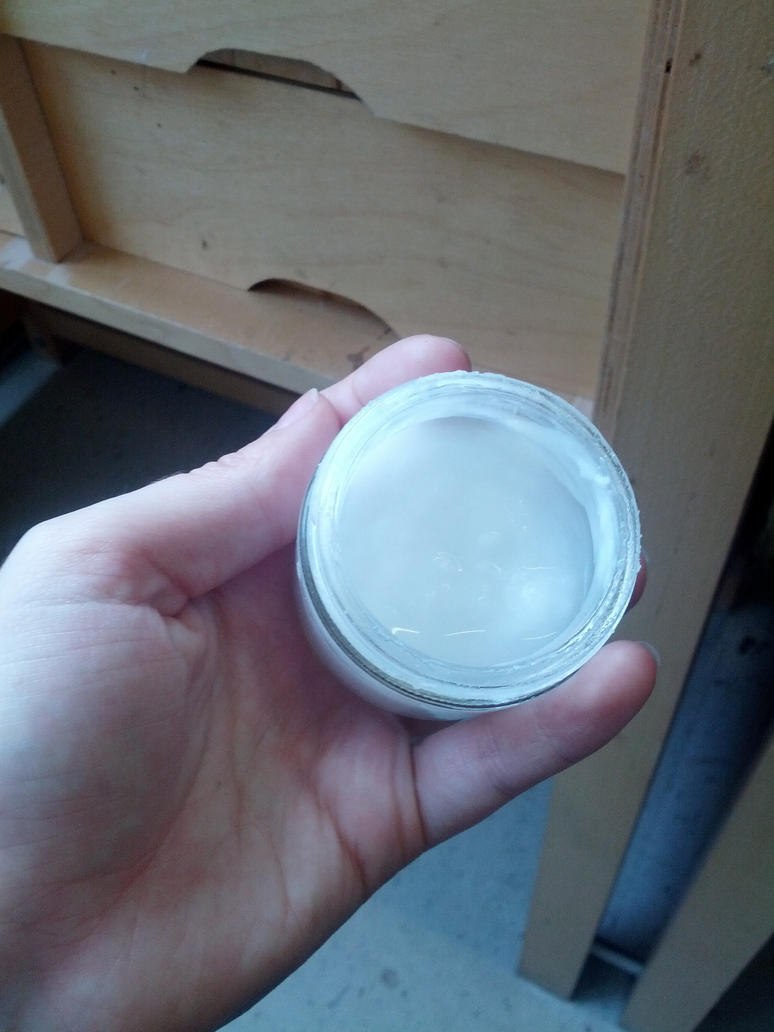
It's tricky to explain exactly what flux does without getting too science-y, so, simply put, flux is used to keep your metal clean while you solder, and to help the solder flow properly. I use a borax flux that has a creamy consistency, and usually apply it before and during soldering with my soldering pick to make sure the metal stays clean (otherwise the solder won't flow properly, and your pieces won't join properly!).
Tweezers
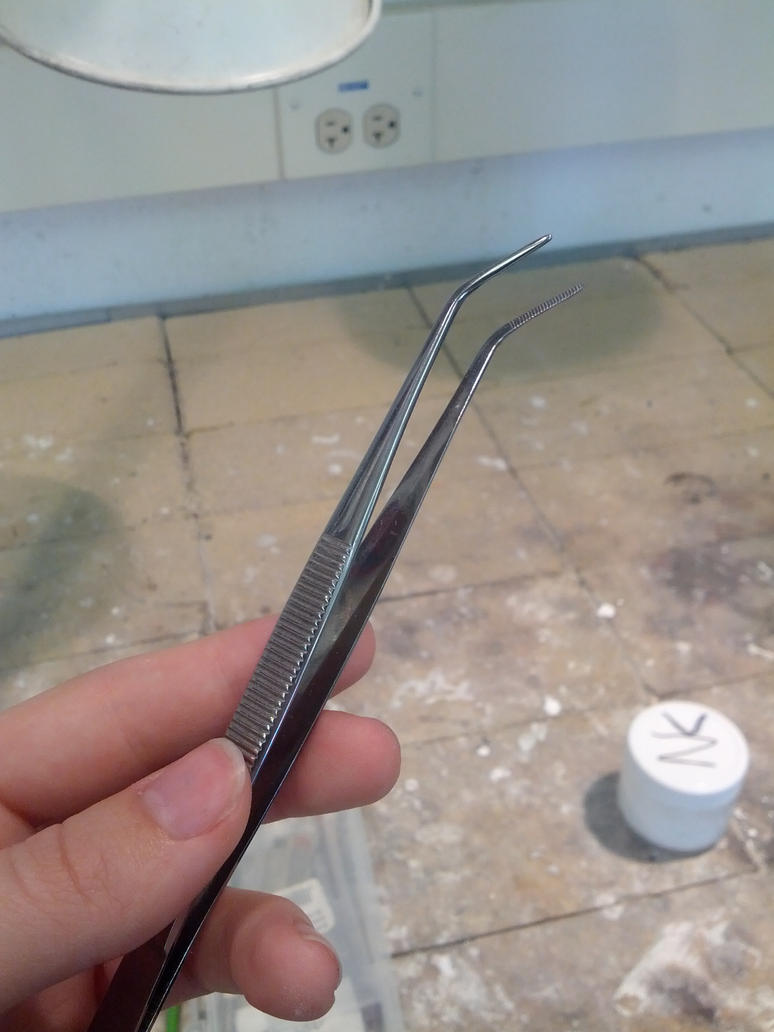
Another tool that is often used during the soldering process are tweezers. I don't often use tweezers as I tend to use my soldering pick for most of the tasks that others prefer tweezers for, but they can be very helpful to move small pieces around, adjust solder chips, etc. The ones that I own are long to keep my hand away from the heat and have a curved tip.
Fire Brick
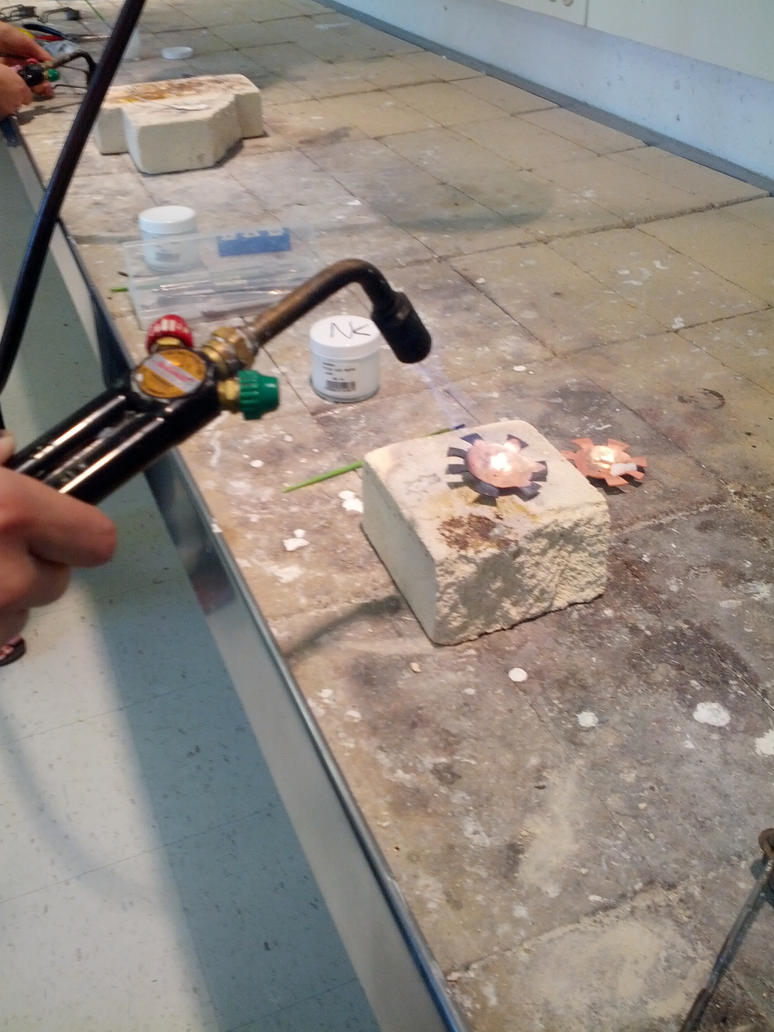
Obviously it's necessary to set the items you'll be soldering on something fire proof. Burning down the house by soldering on a wooden table or something is a bad idea. I solder on fire brick (also known as kiln brick, soft brick, etc!) which is essentially just a giant, soft, lightweight fireproof block. I also have that brick on top of a table essentially made out of the same sort of brick to avoid further troubles. There are other things that can be used to solder on, like charcoal brick, but I've only ever used fire bricks for soldering and I like them well enough.
Tripod
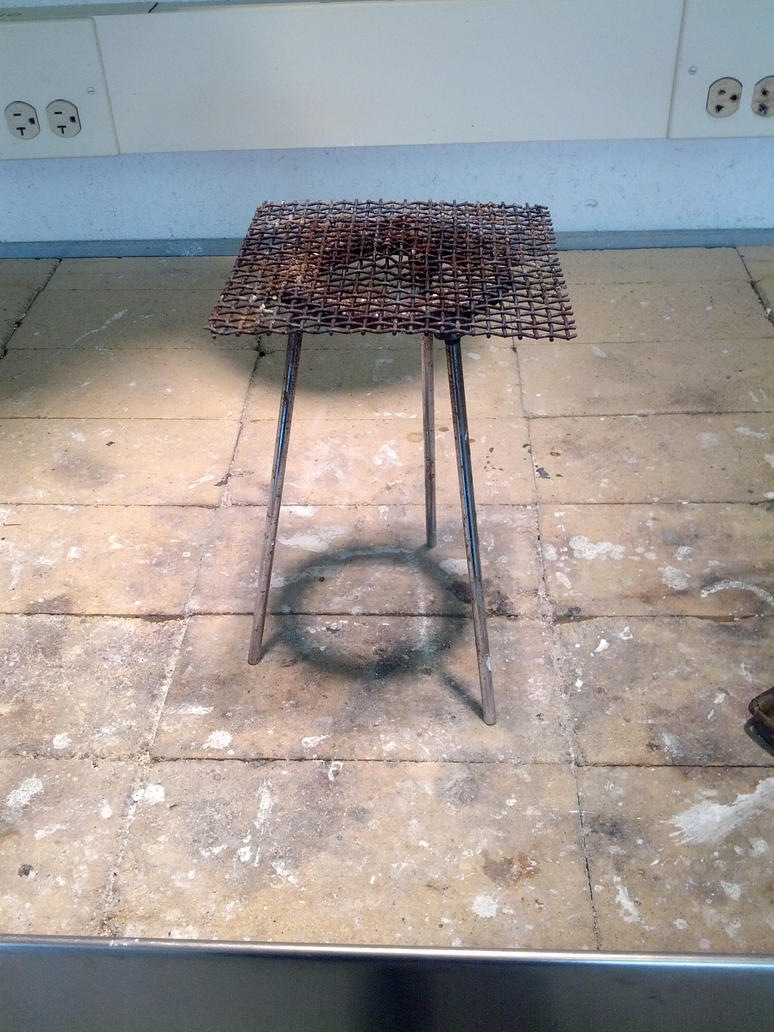
Sometimes it's important to be able to get the heat underneath the piece in order to properly solder a given joint. In this case, I often use a tripod with a wire grate over the top of it to suspend the piece so that I can put my flame on the bottom half of it as well as the top.
Third Arm
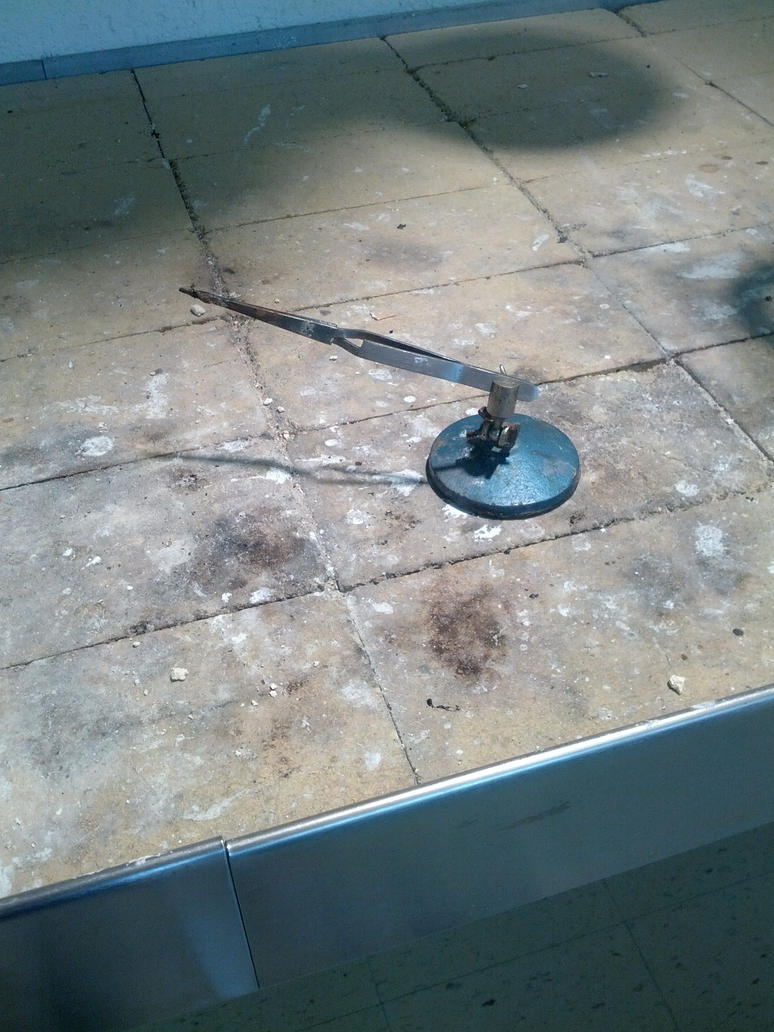
Sometimes you just don't have enough arms when soldering. A third arm is a pair of interlocking tweezers (tweezers that you have to squeeze in order to make them release, instead of the other way around) mounted on a stand so that you can adjust it to hold things for you as you hold the torch in one hand and the pick or tweezers in the other.
The Torch
I also own a small soldering pen, which isn't a soldering iron but basically a teensy blowtorch that burns butane and is refillable like a normal lighter - it's quite nice for soldering small joints, or for quick little projects that I don't want to mess around with the larger torches to complete.
The Torch
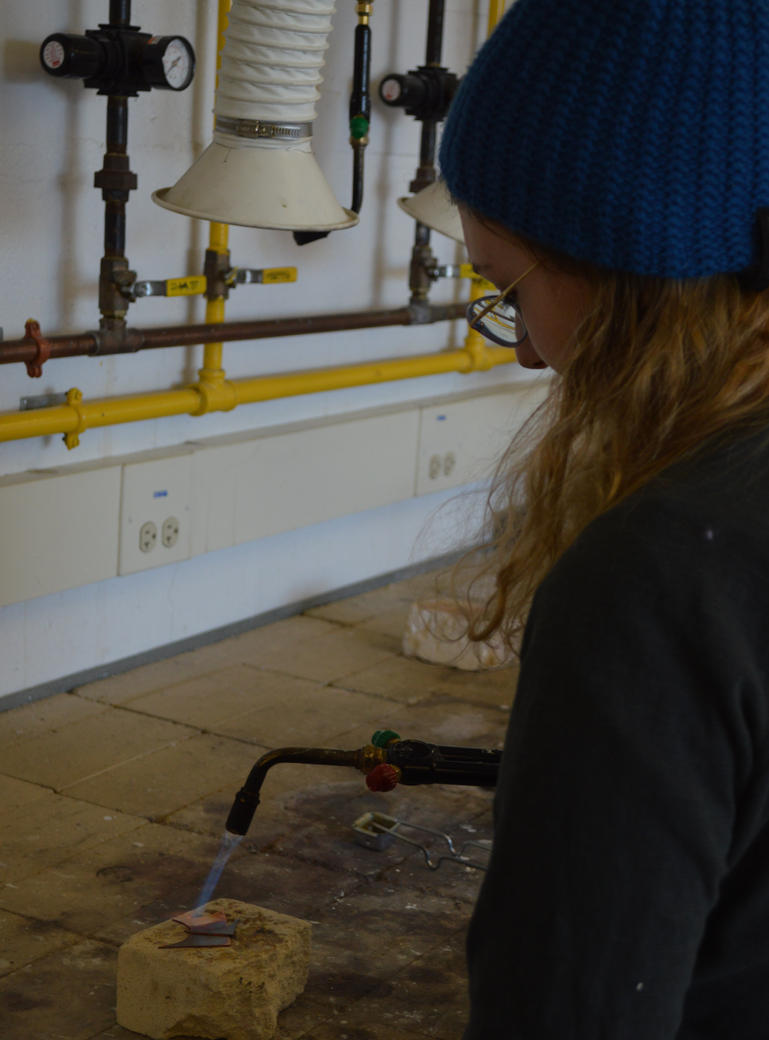
There are a ton of different kinds of torches that burn different sorts of gasses - some mix more than one gas, others only burn a single kind, some use air, others don't. The torch that I generally work with uses natural gas and air, and is very adjustable because of this. There are varying sizes from teeny tiny tips to huge torches, etc. The size you need really depends on the size of the piece and joint you'll be soldering.
I also own a small soldering pen, which isn't a soldering iron but basically a teensy blowtorch that burns butane and is refillable like a normal lighter - it's quite nice for soldering small joints, or for quick little projects that I don't want to mess around with the larger torches to complete.

